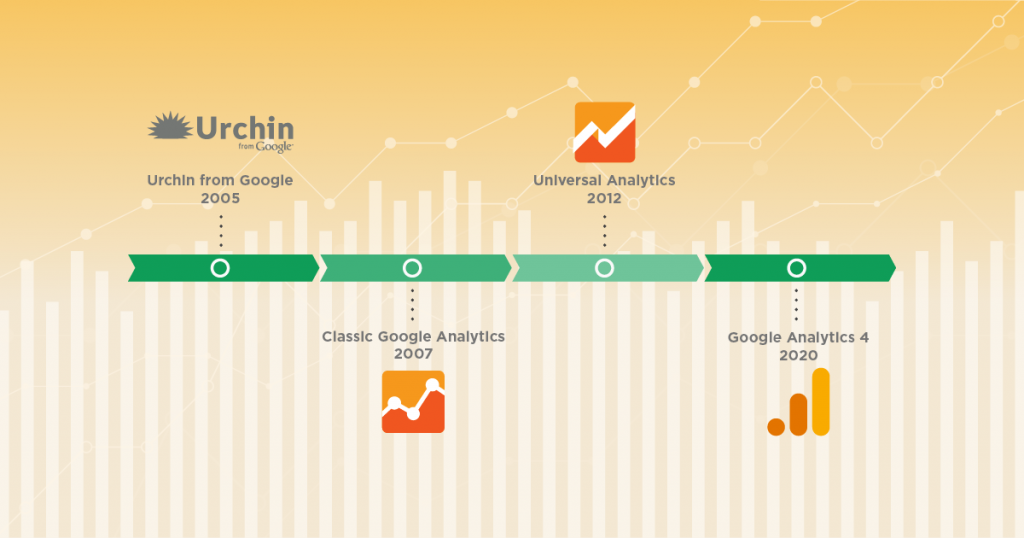Everything You Required to Understand about When Does the Google Analytics Tracking Code Send an Event Hit to Analytics
Everything You Required to Understand about When Does the Google Analytics Tracking Code Send an Event Hit to Analytics
Blog Article
Master Site Insights With Accurate Google Analytics Monitoring Code
The reliable application of Google Analytics rests on the specific execution of its monitoring code, an essential step commonly forgotten by website owners. This seemingly simple JavaScript fragment, when appropriately put, ends up being the backbone of information collection, supplying insights into customer habits and web site performance. Nonetheless, difficulties can occur during setup, possibly skewing the data and leading to mistaken decisions. Understanding these details is crucial for maximizing the advantages of analytics. What are the typical mistakes that could threaten your tracking initiatives, and how can you make sure accuracy in your strategy?
Comprehending Google Analytics Essentials
Google Analytics is a necessary tool for web site proprietors and marketing professionals, offering vital insights right into customer behavior and web site efficiency. At its core, Google Analytics gathers information about site visitors to an internet site, enabling customers to analyze metrics such as web traffic sources, customer engagement, and conversion rates. Recognizing these fundamentals is vital for maximizing a website's efficiency and improving customer experience.
The system employs cookies to track interactions, tape-recording data such as web page sights, session periods, and bounce prices. This info is aggregated and presented with adjustable control panels, making it possible for customers to visualize trends in time. Secret performance indicators (KPIs) can be kept an eye on, such as the overall number of individuals, new versus returning visitors, and the geographic distribution of the audience.
Moreover, Google Analytics offers division attributes, permitting customers to separate certain website traffic resources or individual demographics for more targeted analysis. By mastering these fundamental components, internet site proprietors can make educated decisions about content approach, advertising and marketing projects, and overall website enhancements. Ultimately, understanding Google Analytics essentials is essential for leveraging information to drive development and achieve business purposes successfully.
Establishing Your Tracking Code

Copy the offered tracking code and paste it into the HTML of your website. Ideally, this code should be placed in the header area of every web page you want to track. This makes certain that the monitoring code tons before any various other web content, permitting it to record data precisely. If you are making use of a content management system (CMS) like WordPress, there are plugins readily available that streamline the combination procedure.
After installment, confirm that the monitoring code is working correctly by utilizing Google Tag Aide or the Real-Time reports in Google Analytics - when does the google analytics tracking code send an event hit to analytics?. This action is vital to validate that your data collection is accurate and energetic, establishing the foundation for informative analysis
Usual Tracking Code Issues
Lots of site proprietors come across common problems with their Google Analytics tracking code that can hinder data collection and evaluation. One common issue is incorrect installation. This might occur when the monitoring code is placed in the incorrect area of the web site's HTML, frequently causing missing or insufficient data. In addition, having multiple instances of the monitoring code on a solitary page can lead to filled with air metrics, as user interactions may be counted greater than when.
Another issue develops from making use of advertisement blockers, which can protect against the tracking code from performing altogether, thus skewing data. when does the google analytics tracking code send an event hit to analytics?. Additionally, failing to set up filters appropriately can bring about the exemption of essential traffic sources or the inclusion of unwanted referral spam, distorting the data collected
Website owners may additionally ignore the relevance of monitoring code updates, particularly when migrating to Google Analytics 4 (GA4) from Universal Analytics. Last but not least, insufficient screening prior to releasing adjustments can lead to unnoticed mistakes in the monitoring code, better making complex information integrity. Attending to these typical problems is vital for making sure precise tracking and informative analytics.
Studying Site Data Effectively
Exact information collection is only the very first step in leveraging Google Analytics; the genuine value depends on successfully examining that data to drive informed decision-making. To accomplish this, it is necessary to determine key efficiency signs (KPIs) that align with your organization goals. Focus on metrics such as conversion prices, user interaction, and traffic resources, as these will provide understandings into customer behavior and the general efficiency of your website.
Using Google Analytics' segmentation attributes permits a much deeper understanding of your audience. By breaking down information into details demographics, behaviors, and web traffic channels, you can discover trends and patterns that notify targeted approaches. Carrying out custom-made records and dashboards can simplify this process, allowing fast access to significant data.
In addition, on a regular basis reviewing data patterns with time helps to determine abnormalities and opportunities for enhancement. Make use of visualization tools to present information in a conveniently absorbable format, assisting in more efficient interaction with stakeholders. Inevitably, the ability to examine internet site information efficiently encourages businesses to make tactical decisions that improve customer experience, optimize advertising efforts, and drive growth.

Finest Practices for Accurate Tracking
Implementing reliable monitoring practices is crucial for obtaining trusted information in Google Analytics. To guarantee accurate tracking, start by correctly mounting the Google Analytics tracking code on every page of your web site. This can be completed via a tag manager or by directly installing the code into the HTML.
Next, configure your Google Analytics account to leave out internal web traffic. This can be done by establishing up filters that identify and get Get More Info rid of visits from your organization's IP address, therefore preventing skewed information. In addition, utilize event monitoring to monitor particular individual communications, such as downloads or video see this website plays, which conventional web page views may ignore.
Routinely investigate your monitoring arrangement to confirm that all functions, such as objectives and ecommerce monitoring, are operating correctly. Develop a regular naming convention for your occasions and campaigns to promote simpler coverage and evaluation.
Last but not least, consider leveraging UTM parameters for campaigns to acquire understandings into the efficiency of various advertising initiatives. By complying with these finest methods, you can improve the accuracy of your data collection and analysis, ultimately resulting in more informed decision-making for your website.
Conclusion
Exact implementation of the Google Analytics tracking code is important for mastering web site insights. By making sure the tracking code is correctly positioned and on a regular basis examined, web site owners can capture vital customer communication data, thus facilitating the recognition of crucial performance indicators. Reliable evaluation of this data, incorporated with adherence to ideal methods, enables educated decision-making and the optimization of on the internet techniques. Eventually, a robust monitoring framework enhances the capacity to drive interaction and boost general website efficiency.

Inadequate testing before launching adjustments can result in unseen mistakes in the tracking code, further making complex information dependability.Executing effective monitoring methods is vital for acquiring reputable data in Google Analytics. By making certain the monitoring code is properly positioned and consistently investigated, site proprietors can catch important customer communication data, hence helping with the identification of vital performance indications.
Report this page